If someone brought you an odd piece of electronic hardware and you wanted to identify it, you’d probably look for markings on the outside first. If that didn’t work out, you might look under the cover and read some markings on the board or key components. However, in a tough case, you might dump the firmware and try to guess what the device is or what it does by examining the code that makes it run. That’s kind of what [Ciro] did. Wanting to determine the bacteria in a water sample led to using relatively inexpensive DNA sequencing hardware to look at the DNA present in the samples. This would have been a huge undertaking for a well-funded lab just a few short years ago. Now it just takes a USB device and some software.
Of course, inexpensive is in the eye of the beholder. The micropore sequencer costs about $500 and has a one-time use consumable cost of about $500, although that’s enough to process about 10 human genomes. The technology depends on using a small pore only large enough to pass one strand of DNA at a time. Blocks of nucelotides cause different amounts of electrical current to flow through the pore.

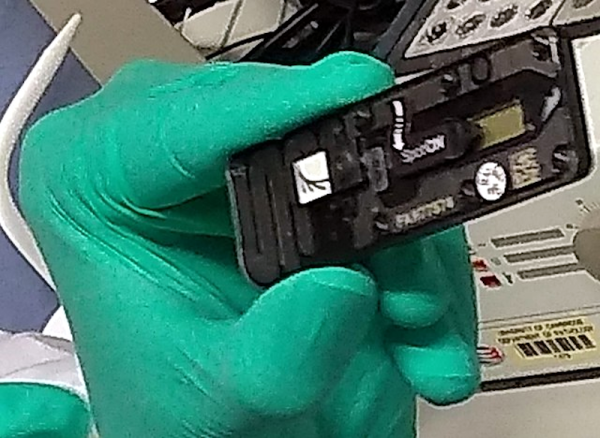


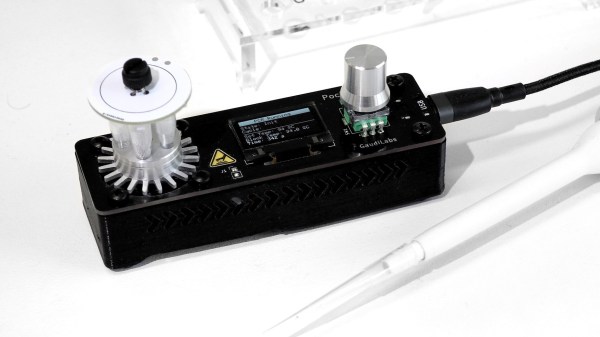
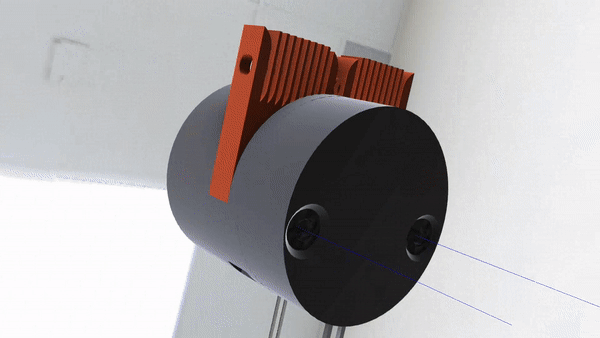
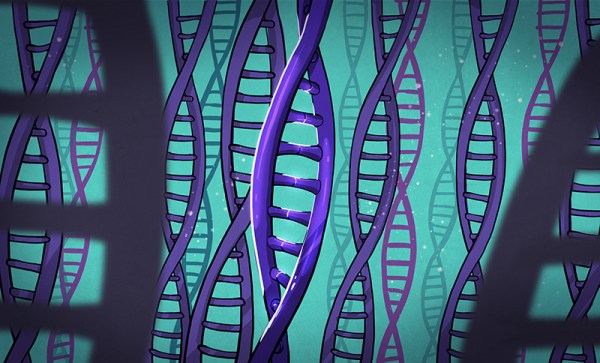
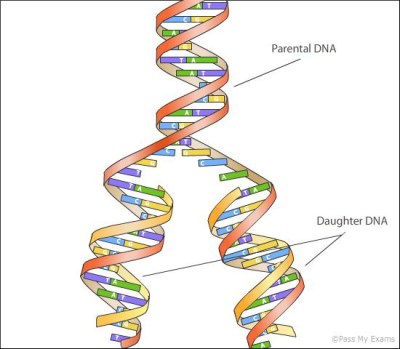
 Invented 30 years ago, polymerase chain reaction , or PCR, is one of the greatest inventions of the 20th century. It’s the technique that allows researchers to map genomes, find genetic causes of diseases, create Jurassic Park, and match crime scene DNA to suspects. When PCR was first invented it was extraordinarily expensive, and even today commercial PCR machines cost about the same as a new car. There is an
Invented 30 years ago, polymerase chain reaction , or PCR, is one of the greatest inventions of the 20th century. It’s the technique that allows researchers to map genomes, find genetic causes of diseases, create Jurassic Park, and match crime scene DNA to suspects. When PCR was first invented it was extraordinarily expensive, and even today commercial PCR machines cost about the same as a new car. There is an 








